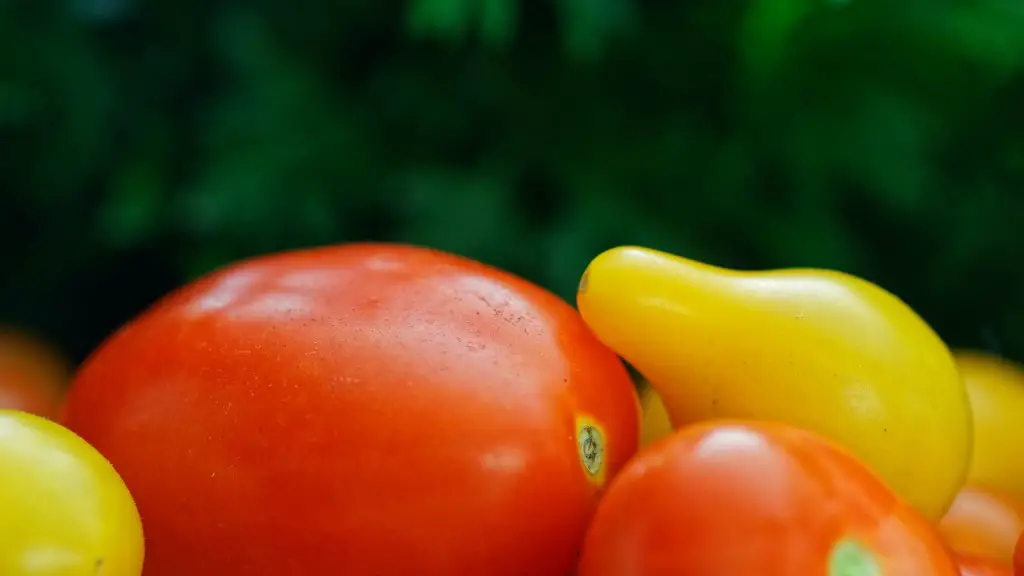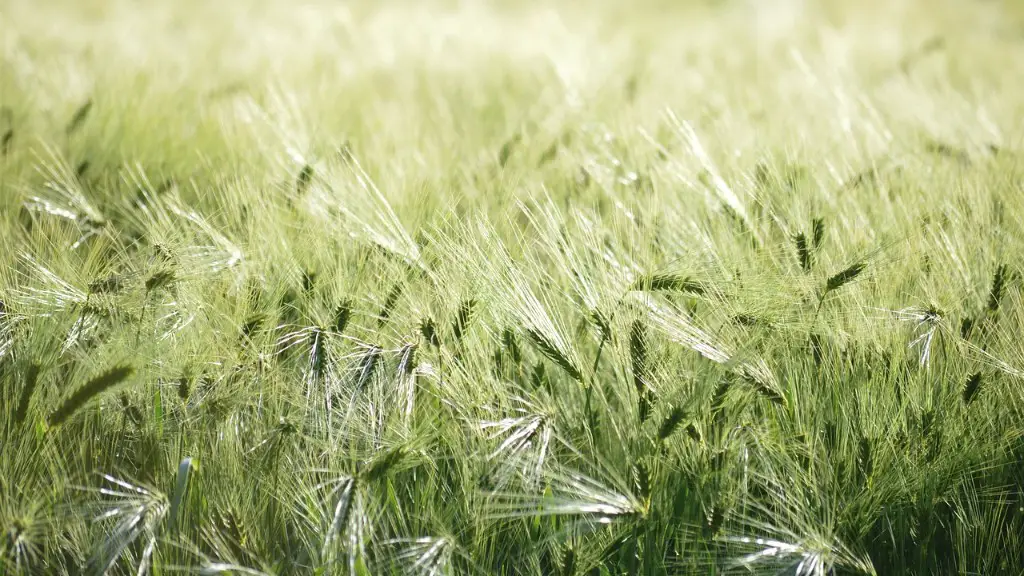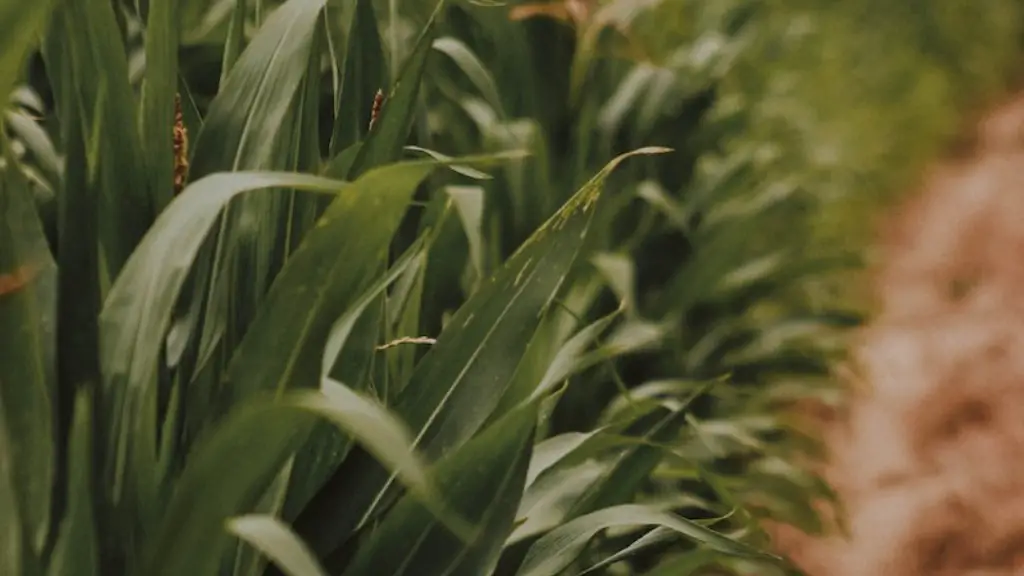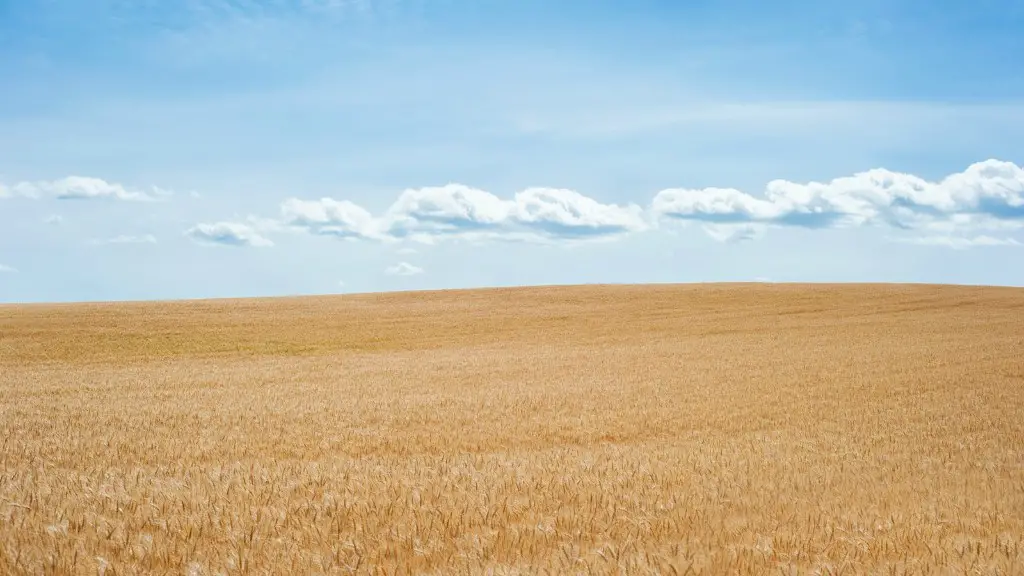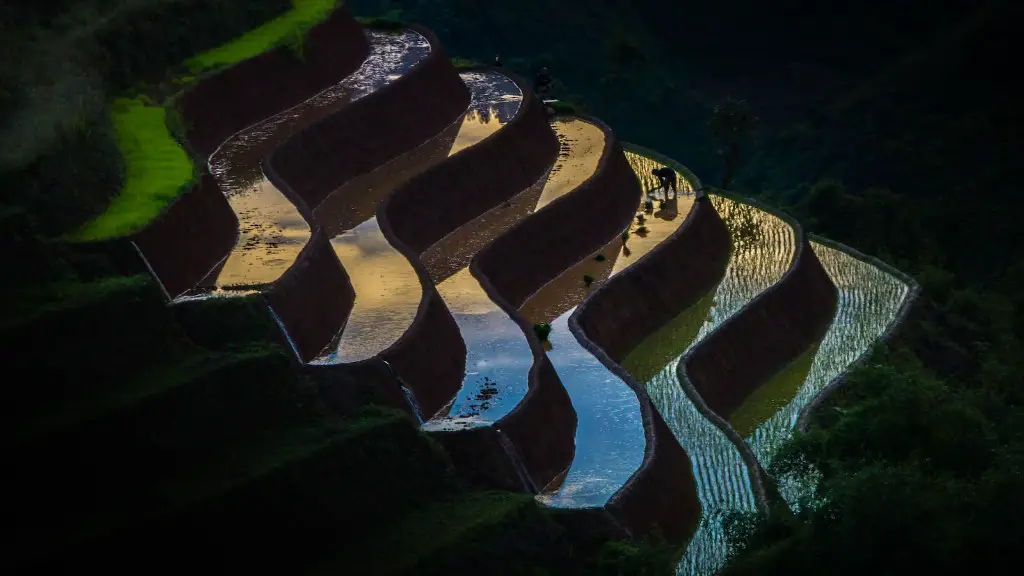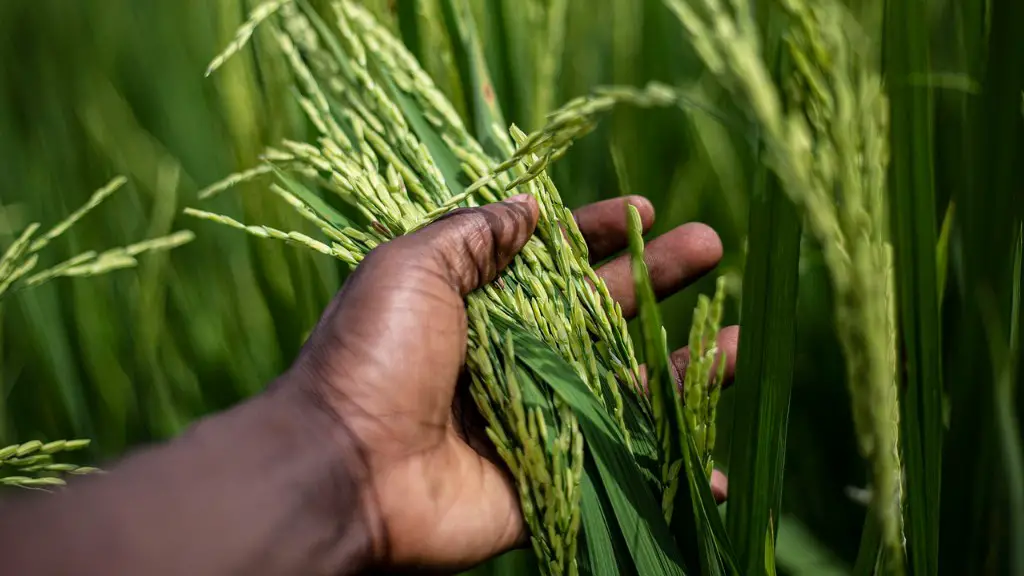Farming and agriculture are both common words used to describe the same set of activities, but there are actually some important distinctions between them. Farming is the practice of using land to produce food or feed for animals, whereas agriculture is a broader term that includes the production of other goods like cloth and paper, as well as the processing of food. Both farming and agriculture involve the use of natural resources – such as soil, water, plants, and animals – to produce goods, but the scope of the activities differ.
Farming typically involves growing crops and raising livestock on a specific plot of land. This land is often owned by the same person or family, and the crops and livestock are managed by the same group of people. Agriculture, however, can involve a variety of methods, including large-scale industrial production and dissemination of goods, such as crops and livestock. Farms may also be part of agriculture operations, but typically the goods produced by agriculture operations are on a larger, more commercial scale.
Farming may also involve the cultivation, harvesting, and production of goods like fruits, vegetables, dairy goods, grains, and fiber. This type of farming usually involves the use of tools, mechanical devices, and/or technologies, such as tractors, to facilitate the various tasks. Agriculture, on the other hand, can include aquaculture, the farming of fish and other aquatic life, and greenhouse farming, which often involves the use of advanced technologies and greenhouses to grow food outside of the traditional growing season.
Agriculture can also involve other activities, such as the harvesting of plants and animals, the development of economically valuable materials and products, and research activities related to the production, processing and distribution of goods. This type of agriculture often requires the use of specialty equipment and/or technology. For example, the production of grains, soybeans, and other crops may involve the use of fertilizers, crop rotation, and biotechnology to increase yields.
Generally, farming and agriculture are two separate activities that are often confused with each other. While both involve the use of natural resources and the production of goods, there are important differences in the scope of the activities and their intended outcomes.
Value of Farming and Agriculture
Farming and agriculture are two ancient practices that have had an immense impact on the development of human societies and cultures. Both are essential sources of food, medicine, and other goods, providing economic and social benefits to populations around the world. Farming is a critical element of food security, providing communities with access to safe, nutritious, and culturally relevant food items. Agriculture is also a major source of employment, providing millions of people with a steady source of income and livelihood.
Farming and agriculture are also important sources of biodiversity, providing habitat and food sources to a wide array of plants and animals. This makes them essential components of healthy and resilient ecosystems that can help support the health and well-being of communities. By protecting and promoting the sustainability of farming and agriculture, we can ensure that these practices can continue to provide these benefits for generations to come.
The value of farming and agriculture to human societies is further heightened when we consider their social and cultural benefits. Agricultural systems provide the means for individuals and communities to express their values, beliefs, and culture, supporting the development of cultural identity and pride. By maintaining and protecting these important practices, we can help support communities’ values, beliefs, and identities.
Environmental Impact of Farming and Agriculture
While farming and agriculture play a crucial role in the development of human societies, they also have significant environmental impacts. Agriculture is linked to land degradation, with runoff from fertilizers and other agricultural inputs polluting water sources. The operation of large-scale agricultural operations can also lead to land loss, soil degradation, and the destruction of biodiversity.
In addition, certain types of agriculture – such as conventional and industrial farming – rely on the use of pesticides, chemical fertilizers, and other industrial inputs that can threaten both human and environmental health. These inputs can degrade land and water quality, contributing to air and water pollution. The large-scale industrial production involved in some types of agriculture can also lead to air and noise pollution, as well as the emission of large quantities of carbon dioxide and other greenhouse gases.
Furthermore, the extensive use of fossil fuels in farming and agriculture is a major contributor to global warming and climate change. This is due to the combustion of fuels to power farming and agriculture operations, as well as the destruction and release of carbon-storing mangrove and wetlands habitats.
Future of Farming and Agriculture
Climate change and other environmental challenges are increasingly posing risks to the future of farming and agriculture. To ensure the sustainability and resilience of these practices, it is essential to reduce the environmental impacts and adopt more sustainable practices and policies. This can involve the development of new technologies, such as precision and vertical farming, as well as the adoption of regenerative agricultural practices.
The adoption of new technologies can help reduce the environmental impacts of farming and agriculture, as well as increase yields and efficiency. For example, precision farming techniques use digital mapping and remote sensing technologies to monitor crop growth and soil conditions in real time, allowing farmers to manage inputs more effectively and reduce their environmental impact.
Regenerative agricultural practices – such as agroforestry and cover-cropping – are also important strategies for increasing the sustainability of farming and agriculture. These practices help conserve soil, retain water, restore and protect biodiversity, and reduce the use of industrial inputs like pesticides and fertilizers.
Economic Impact of Farming and Agriculture
Farming and agriculture are important sources of income and economic stability for many communities around the world, particularly in developing countries. In addition to providing jobs and income, farming and agriculture are also important sources of food and other products for individuals and families. By providing access to food, farming and agriculture help reduce hunger and poverty and strengthen local economies.
Agricultural exports are also an important source of income for many countries, particularly in the developing world. These exports can include primary commodities, such as coffee and cocoa, as well as processed goods, such as canned and frozen fruits, vegetables, and dairy products. In addition, the production of flowers, ornamental plants, and other horticultural products can also generate income through exports.
Farming and agriculture can also be important sources of employment and economic development in rural communities. These jobs can range from smallholder farms to large-scale operations managing thousands of hectares of land and employing thousands of people. Additionally, the income generated from farming and agriculture can be used to finance other economic activities and investments, providing a source of development funds for local communities.
Cultural Impact of Farming and Agriculture
Farming and agriculture have long been important sources of cultural identity and pride for many communities around the world. Long-standing traditions in agricultural practices, land use, and management of natural resources are closely tied to a community’s culture, history, and identity. As a result, farming and agriculture represent an important aspect of a community’s cultural heritage.
These traditions can include the use of specific plants and animals to meet the needs of local populations, the application of traditional knowledge about the use of land and resources, and the development of spiritual practices and ceremonies related to land and resource management. All of these practices help to shape a community’s identity and culture, making farming and agriculture essential components of a community’s cultural heritage.
By protecting and promoting these practices, we can help to preserve and protect a community’s cultural identity and pride. For example, the maintenance of traditional farming and agricultural practices and land-use management can help a community to maintain its cultural identity, values, and beliefs in the face of change and development.
In addition, the preservation of traditional practices can help to preserve the cultural knowledge that has been passed down from generation to generation. This knowledge is often essential for a community’s ability to adapt to changing conditions and build a sustainable future.
